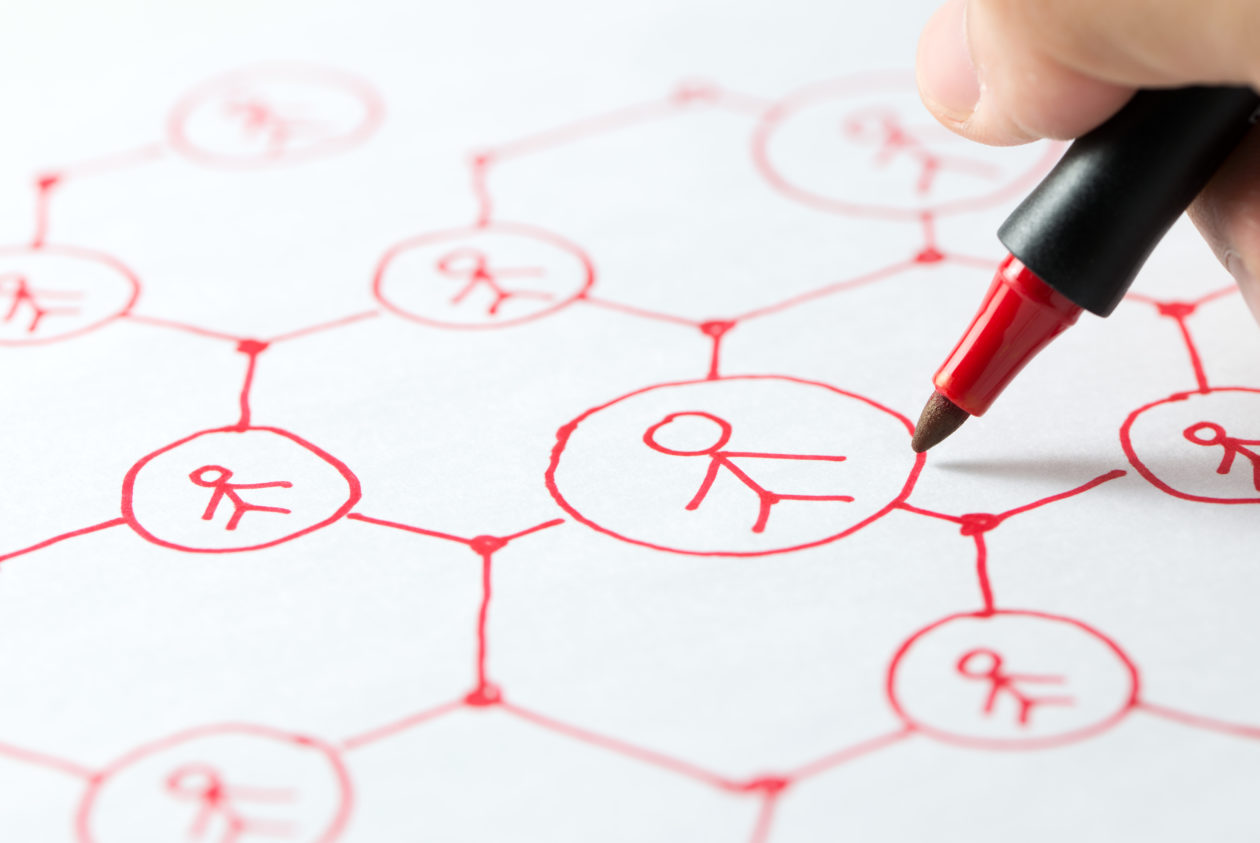In Part 1 of this special 3-part series on the practical use cases for blockchain, authors Kosrow Dehnad and Joe Duncan explore the technology’s potential in payments. Part 2 below examines how blockchain’s decentralized nature can transform social media.
__________________________________________
While social media has proven an inextricably vital form of daily communication and community contact for a large part of the global population, the underlying problem of content ownership was brought front and center by the 2020 U.S. presidential election. Platforms like Twitter found themselves having to make a choice between censoring what many viewed as undesirable and misleading content from then-President Trump, or letting it stand and potentially contributing to political unrest and even violence. In this case, Twitter CEO Jack Dorsey ultimately made the decision to permanently ban former President Trump from its platform, an act known as “deplatforming.”
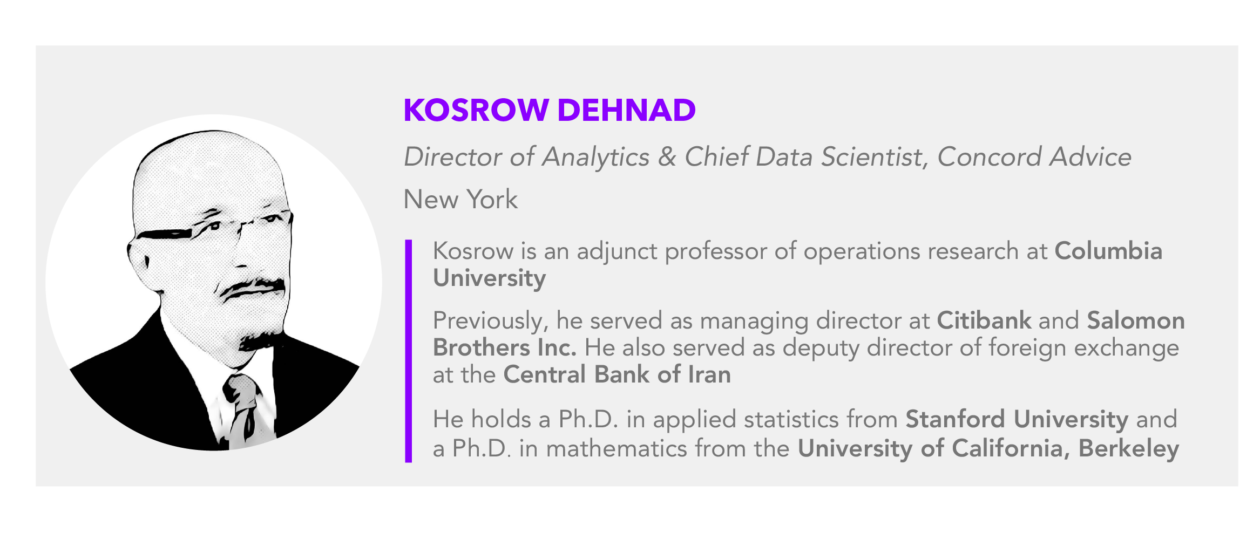
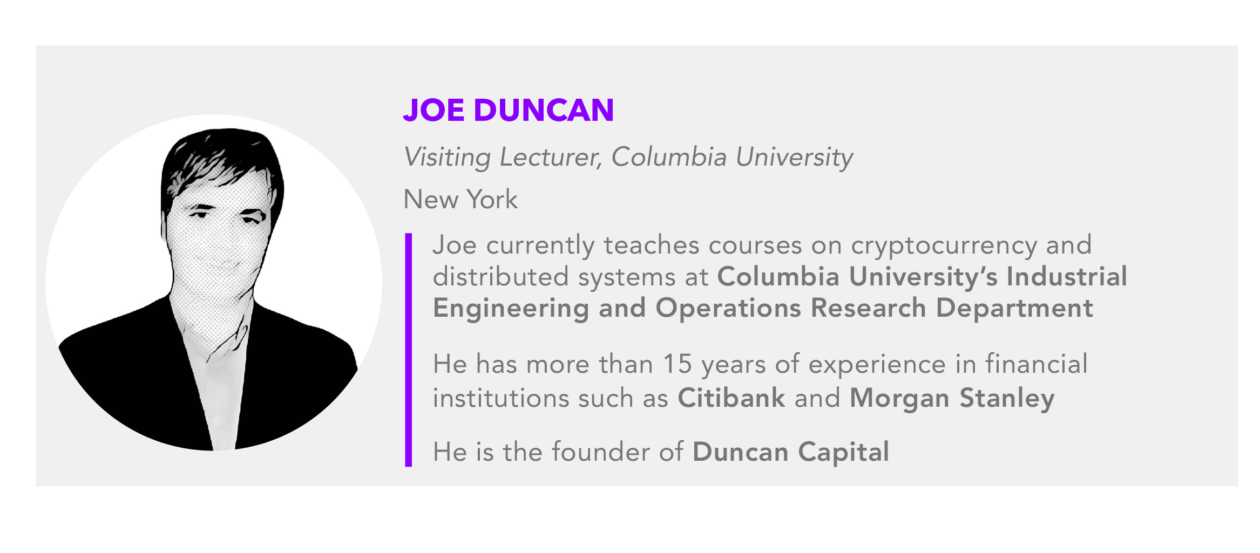
This is a situation that really leaves no one truly satisfied, as it applies a blunt instrument to a number of nuanced issues such as free speech, individual data rights, and private sector vs. public sector power. So much so that even before Election Day, Dorsey was working on ways to reduce Twitter’s involvement in these painful decisions, having announced Project Bluesky in December 2019. The purpose was to create a set of open and decentralized technical standards for social media platforms.
In this case, the actual server that operates the social media functions ― image and video upload, friend connection and suggestions, pushing ads to end-users ― would reside not on a social media company’s centralized server but rather on a family of smart contracts spread across a decentralized blockchain network. Thus, the end-users would be identified by their cryptographically secured wallet addresses, and ads would be pushed directly to them. The revenue from advertisers would also flow directly to the users’ wallet addresses, rather than the current setup of being captured by the social media platform’s centralized entity. The users then become stakeholders in the network in a truer sense, as the economic value (beyond social media utility) flows to them directly, while they have control of their content and are not at risk of a full deplatform.
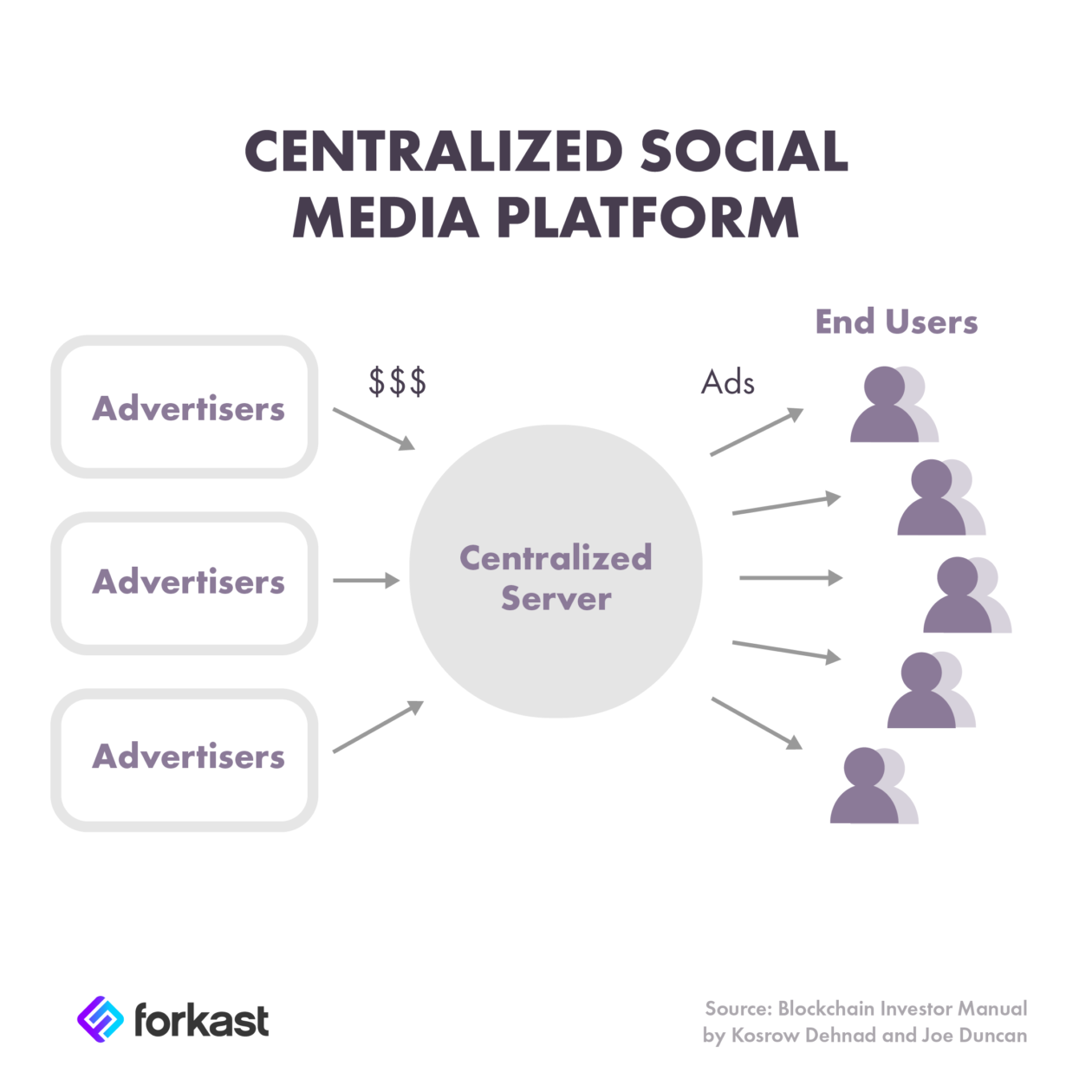
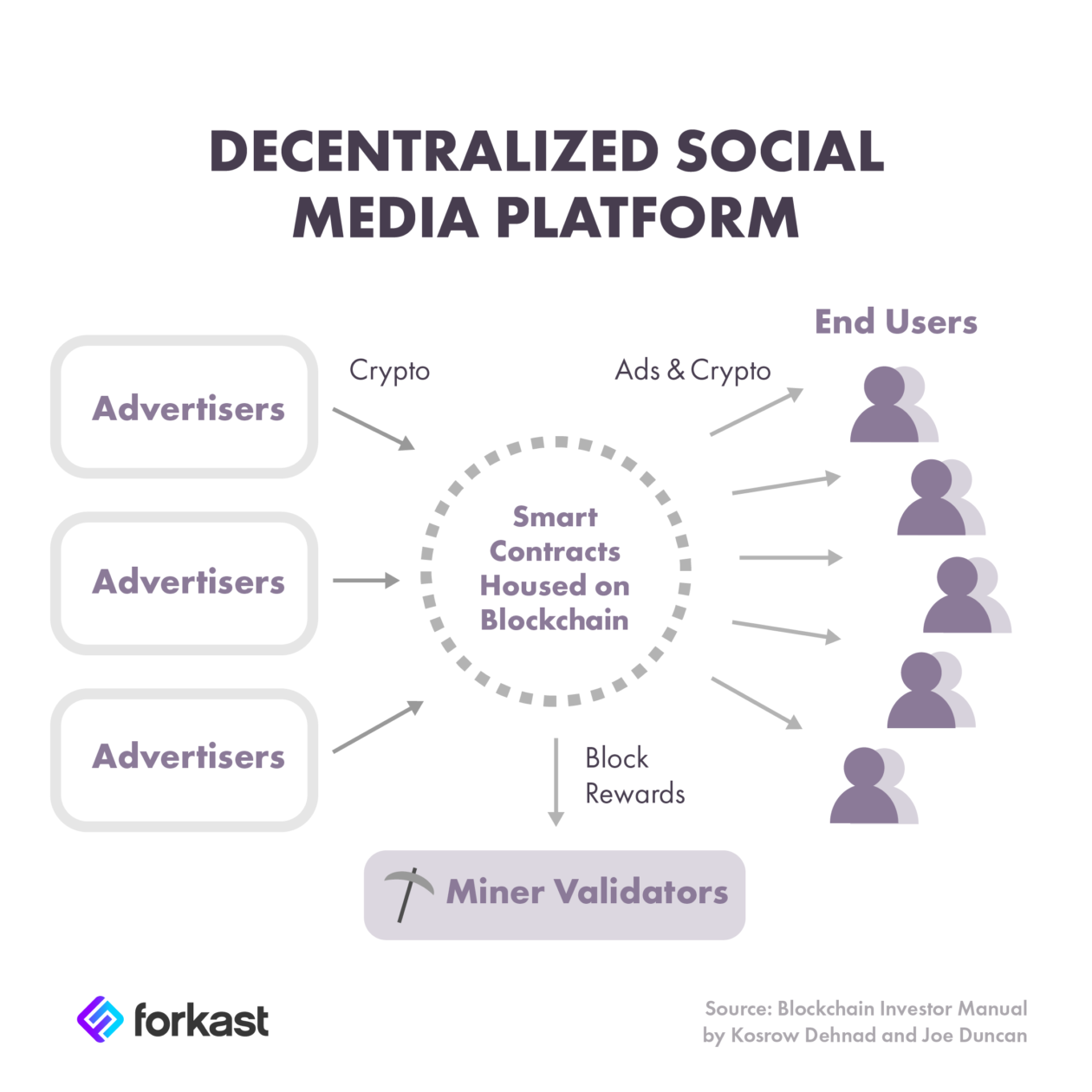
The technological hurdles we cited in our book last year were storage and computation, comparing Facebook to Ethereum at that time:
- Storage: The size of the database and what can be stored on a blockchain. Currently, Facebook’s centralized server, which includes end user photos and videos, houses an estimated 300 petabytes of data, dwarfing the Ethereum blockchain (the number one smart contract platform), which was less than 150 gigabytes.
- Computation: Not only do Facebook’s servers house a large database, its servers also run complex machine-learning algorithms to power its recommendation engine for both friends and ads. Because of the number of steps involved in running such a complex program, operating such a program on Ethereum would not be currently feasible given a prohibitive amount of gas fees.
However, in spite of current limitations, given the increasing discontent with social media, we expect to see a decentralized platform gain traction soon. Recently, Pink Floyd’s bassist and songwriter Roger Waters issued a blunt response to a request from Facebook’s CEO about using one of the band’s songs for an Instagram ad: “ … the answer is, F—k you. No f—in’ way … this is an insidious movement of them to take over absolutely everything. I will not be a party to this bull—t, [Mark] Zuckerberg.”
A setup with the potential to work now would have users set up their own unique identifier string from a decentralized social media smart contract, which would act similarly to how the CryptoKitties non-fungible token interacted with the image files stored on the InterPlanetary File System. Twitter and other social media companies would interact with the decentralized databases much the way a block explorer interacts now with a blockchain: a centralized user interface, with a user-friendly toolset, reading information and allowing for image display, with photo enhancements, other visualizations and search functions.
If Twitter were to stop its server from reading information from a certain blockchain wallet, say, for example, Donald Trump’s, they could not be accused of deplatforming and censoring him, because his files would remain decentrally stored and therefore beyond Twitter’s capacity to remove them. Miner-validators housing Trump’s files would also claim a distance from liability along a similar rationale that Bitcoin miners today are not held responsible for illicit use of that blockchain — i.e. they are more like “dumb routers” and the hence responsibility for illicit use rests with the blockchain wallet holders.
While such a setup would still have functional limitations relative to fully centralized current setups that house and sync everything, it would have the possibility of extending some important functionality in ways unique to blockchain, too. For example, cryptocurrencies and their blockchain can enable people in the four corners of the world to financially support causes they feel strongly about and better monitor how the money is spent.
Suppose, for example, people want to save an endangered species under the campaign “Save The Tigers.” People who want to support this cause financially can create a wallet and hash the concatenated form “SaveTheTigers” to the wallet address. People in this movement make a proposal and nodes vote on it. The nodes that can use the funding will have wallets that indicate that. Perhaps the network decides that only certain entities such as non-governmental organizations should receive the funding.
In this case, the wallets of the NGO may use a hash like “CanUseFinancialResources” concatenated to its wallet. If the proposal is approved, people who are interested in financially supporting this initiative will instruct the smart contract to provide funding to those wallets that can use the funding and the network randomly assigns it to those wallets and broadcasts that and all this is put on the blockchain. It will be in the self-interest of the nodes receiving the money to ensure that it is well spent.
Stay tuned for our third and final article in this series on blockchain and the internet of things.
